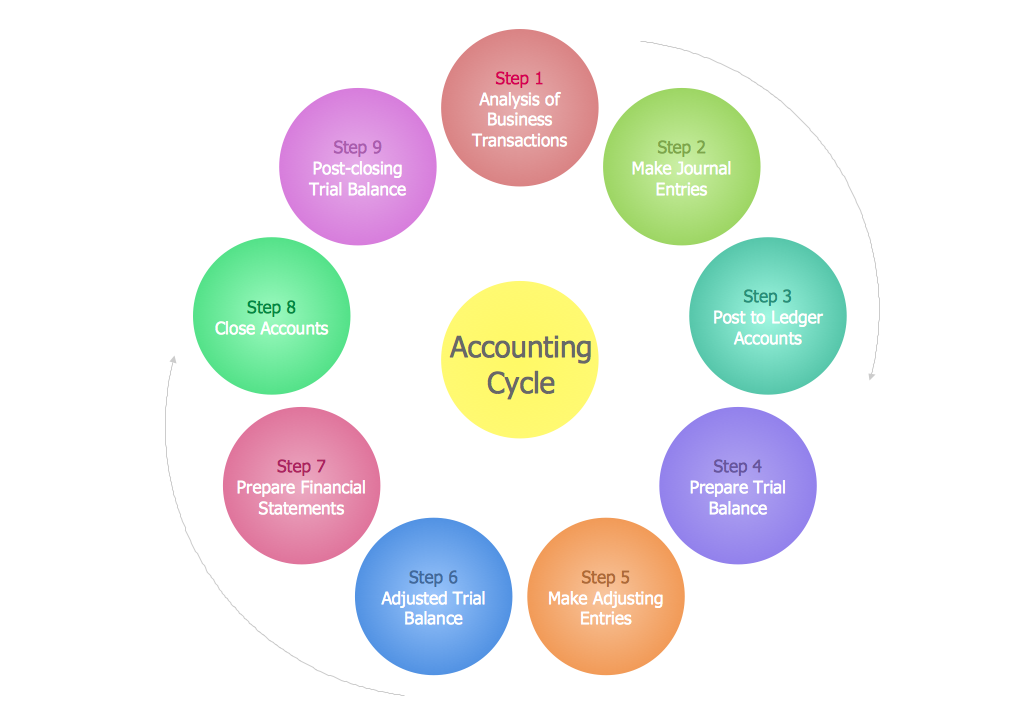Which Sequence Correctly Summarizes The Accounting Process?

Which Sequence Correctly Summarizes The Accounting Process
Let's face it, if you want to succeed in business, you need to understand the ins and outs of accounting. It can be overwhelming and complicated at first, but understanding the flow of the process can make it much easier. So, what is the best accounting process? Which sequence correctly summarizes the accounting process?
Collecting Company's Accounting Records
All businesses should keep records of their finances, whether they’re a small business or a large corporation. Accounting records will include invoices, bills, receipts, and ledgers, as well as any other documents related to business transactions. Collecting these records is the first step of the accounting process.
It’s important to note that timing is key here. Accounting records must be kept in an organised fashion as transactions occur, and paper and electronic documents should be stored securely to protect business information. Furthermore, the records should be easily available and understandable.
Organising the accounting records to make sure that all transactions are accounted for is essential before moving to the next step in the accounting process.
Recording Financial Data
Once the accounting records have been collected, the financial data is recorded in an accounting system. This could be manual bookkeeping and journal entries or computerised accounting software. The accounting entries will consist mainly of debit and credit entries.
It’s important to be accurate with data entry and ensure that the totals from the records being entered match the total on the financial documents that you have already collected. It’s also vital that the debits are equal to the credits, otherwise the numbers won’t add up correctly and the data won’t be reliable.
Once the financial data has been accurately entered, the process can move to the next stage.
Classifying and Summarising Financial Data
The classified and summarised financial data can then be used to create accounting reports. These reports can help business owners make informed decisions or to provide important information to investors, creditors, or the government.
The different classification and summary techniques used depend on the type of account involved. For example, the report on sales would look different to the report on accounts payable. Different techniques are used to sort through the financial data in order to get the most useful information out of it and find trends.
Interpreting Financial Information
Understanding what the reports tell you is just as important as creating them. Accountants must interpret the data to identify potential problems or opportunities. This information can then be used to make business decisions.
The interpretation phase should be carried out carefully and with an in-depth understanding of the reports. It’s important to look into any unusual information or discrepancies found, as well as reviewing the overall results of the reports.
Reporting Financial Results
The financial information can be used to report results to external stakeholders. This includes financial statements such as income statements and balance sheets, as well as budget reports.
Making sure that all financial statements are accurate and up to date is part of the process, as they are reports to governing bodies like the Internal Revenue Service or the SEC. Accurate financial statements are important, as any inaccurate data could have legal implications for the business.
Closing the Accounting Cycle
The final step in the accounting process is closing the books. This includes closing out each account, transferring temporary accounts to permanent ones, and making corrections. The closing process can take up a lot of time, but is important in order to ensure that all entries are accurate.
The closing process should be completed at the end of each accounting period, usually on a monthly or yearly basis. The books should then be audited to ensure that the entries are complete and accurate. Once everything is checked and verified, the entire accounting cycle can restart.
So, which sequence correctly summarizes the accounting process? Collecting company's accounting records, recording financial data, classifying and summarising financial data, interpreting financial information, reporting financial results, and closing the accounting cycle.
Post a Comment for "Which Sequence Correctly Summarizes The Accounting Process?"